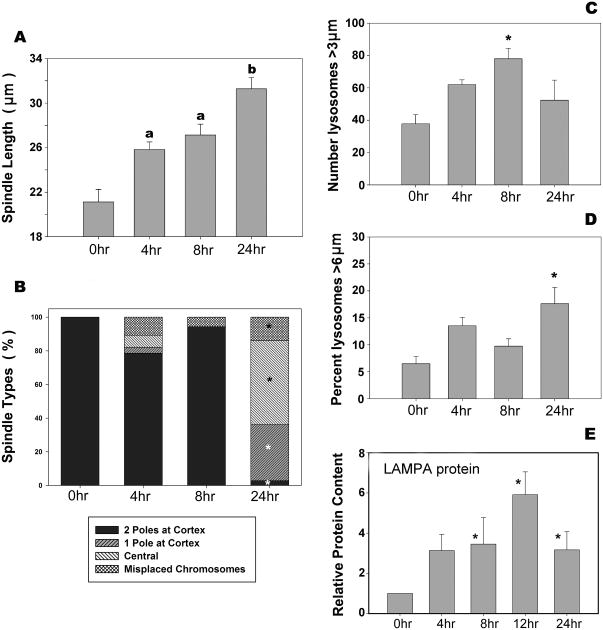Fig. 4. Significant changes in spindle morphology and lysosome quantity and content.
Oocytes cultured in vitro for 0, 4, 8, or 24 hr were fixed, co-labeled for acetylated tubulin and LAMPA, and imaged by confocal microscopy (Fig. 3). (A) Average lengths of metaphase spindles at the time points shown. All aged oocytes (4, 8, and 24 hr) contained spindles that were significantly longer than 0 hr, and spindles in 24 hr in vitro-aged oocytes were significantly longer than at 0, 4, and 8 hr. ‘a’ and ‘b’ indicate significant differences among bars without letters (P<0.05). (B) Each oocyte was also graded according to spindle location –two spindle poles, one spindle pole or no spindle poles (central) visible near the oocyte cortex– and whether or not the spindle remained intact with chromosomes aligned on the metaphase plate or if the spindle was disorganized (misplaced chromosomes). After 24 hr of culture, there was a significant increase (*P>0.05) in all types of displaced spindles. (C-E) All large lysosomes (spherical green vesicles) within three confocal sections (top, bottom and central) of each oocyte were measured and classified by size (diameter). The total number of large lysosomes (>3 μm) in these three sections was calculated per oocyte. (C) The average number of large lysosomes (>3 μm) per oocyte after 8 hr of culture was significantly higher than at 0, 4, or 24 hr. (D) The percentage of large lysosomes that were (> 6 μm) was significantly higher at 24 hr than at earlier time points. (E) LAMPA is a protein commonly found in lysosomes. Western blot analysis was used to compare the levels of LAMPA protein in oocytes over time in vitro, and demonstrated a significant increase in LAMPA protein abundance after 8, 12, and 24 hr of culture. Error bars are standard error of the means. Number of oocytes per group: 0 hr, 22; 4 hr, 28; 8 hr, 36; 24 hr,33. Experiments were replicated a total of four times using 20 mice.

